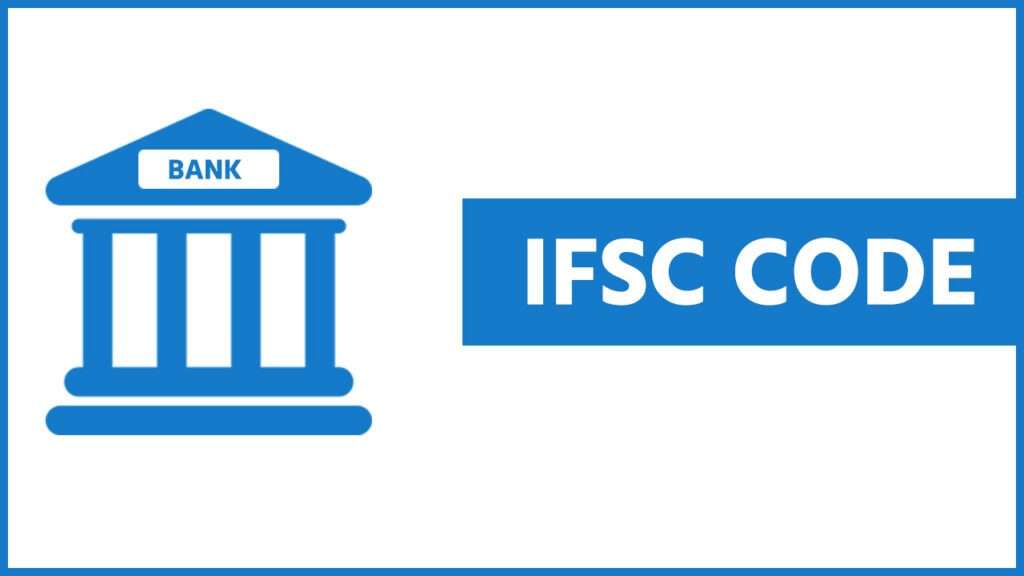Finding the IFSC code of any bank branch is essential for various banking transactions. This unique 11-character code is crucial to ensure that your money is transferred to the right destination securely and accurately. There are several reliable and convenient ways to obtain the IFSC code of a bank, and here, we’ll explore the best methods in detail.

1. Bank Website: – Most banks maintain official websites with comprehensive information about their branches. You can visit the bank’s website and search for a “Branch Locator” or “Branch/ATM Locator” tool. These tools often allow you to enter the branch name, city, or state to find the IFSC code and other branch details. The information on the bank’s official website is typically up-to-date and reliable.
2. Physical Chequebook: – If you have a physical chequebook issued by the bank, the IFSC code of your home branch is often printed on the front page, near your account number. Simply check the top part of a cheque leaf, and you should find the IFSC code, along with other essential details.
3. Mobile Banking App: – Many banks offer mobile banking apps that provide easy access to branch and IFSC code information. After logging in to your mobile banking app, navigate to the branch or ATM locator section. You can enter the branch’s name, city, or other relevant details to find the IFSC code of your choice.
4. Internet Banking: – Internet banking platforms typically offer a wide range of services, including branch information. Log in to your internet banking account, and in the account details section, you can often find the IFSC code of your home branch and other relevant information.
5. Customer Care: – If you’re unable to find the IFSC code using the aforementioned methods, you can always contact your bank’s customer care service. They are available via phone, email, or chat and can assist you in finding the IFSC code for your specific branch. Be prepared to provide details like the branch name and location for a quicker response.
6. Reserve Bank of India (RBI) Website: – The official website of the Reserve Bank of India (RBI) offers a helpful online search tool for finding IFSC codes. On the RBI website, look for the “IFSC Code” section or a similar tool. You can enter the name of the bank, branch, or location to retrieve the IFSC code you need. This resource is especially valuable for cross-referencing and confirming IFSC codes.
7. Mobile Apps: – Several third-party mobile apps and websites offer IFSC code lookup services. These apps are user-friendly and allow you to search for IFSC codes by providing information about the bank, branch, or location. Ensure that you use reputable and well-rated apps to ensure data accuracy and security.
8. SMS Services: – Some banks provide SMS-based services to retrieve IFSC codes. You can send a specific SMS to the bank’s designated number with a request for the IFSC code. The bank will reply with the IFSC code information. Check with your bank to see if they offer this service.
9. MICR Code: – If you have a physical cheque, you can use the MICR (Magnetic Ink Character Recognition) code to derive the IFSC code. The MICR code is typically located at the bottom of a cheque leaf. While not as straightforward as the other methods, it can help you obtain the IFSC code in a pinch.
10. Branch Visit: – If all else fails, you can visit the bank branch in person. Bank representatives at the branch will be more than willing to assist you in finding the correct IFSC code. This is a reliable option if you prefer a face-to-face interaction.
In conclusion, there are various convenient ways to find the IFSC code of any bank branch. To ensure accurate and up-to-date information, consider starting with the bank’s official resources, such as their website or mobile app. If you face any challenges or require additional assistance, do not hesitate to reach out to the bank’s customer care service.

